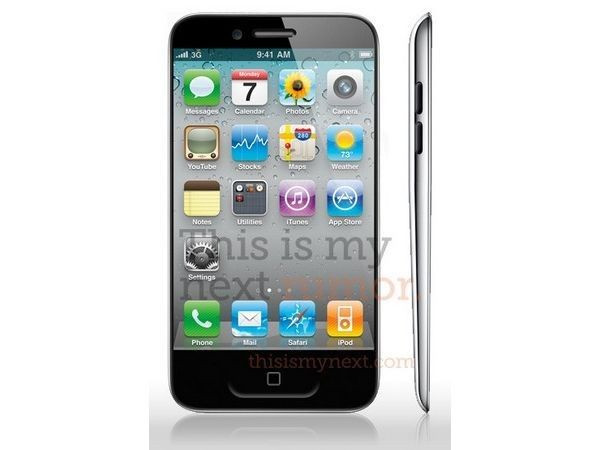Apple Said to Sidestep Carriers, iPhone 5 May Come as 'Worldphone'

If there's one device that is currently creating a tremendous amount of pre-release hype, it's Apple's iPhone 5. The smartphone is now expected to launch either in September or October.
Questions about the next iPhone's features have given rise to a vast range of speculations. Over the last few months, several features were discussed by tech Web sites and in the blogosphere.
It has been long rumored that Apple's next version of iPhone could come as a "Worldphone", implying that it would be compatible with both GSM and CDMA. It is conjectured that the phone will have a SIM-less design with 3-4 antennas.
Another rumor suggested that the iPhone 5 will feature a SIM card slot for other countries except the U.S. This will allow users to insert any SIM card in iPhone when traveling abroad.
Now the recent patent filing of Apple suggests that those rumors could come true.
Apple's patent application (12/765648) for configuring any mobile wireless communication device to support multiple carriers was published Thursday (filed April 22, 2010).
In this configuration Apple has decoupled the subscriber identifier values from the operational parameters specific to a wireless service provider.
This implies that the user can use the same device at different times with different carriers. For example, the user can subscribe to a primary carrier at home and to a secondary service provider while traveling.
Carriers Could be the Losers
"If Apple pushes ahead with this offering, it will essentially sell devices at unsubsidized prices through their retail channel. This would completely sidestep the carriers," Rodman & Renshaw analyst Ashok Kumar wrote in a note to clients.
Consumers will pay full price up front and then possibly chose the service provider through Apple's cloud services. Carriers will then be forced to offer subsidies to entice users to sign on to their plans.
The final hardware acquisition cost for the user may not end up being materially different with this model. This turns on its head the current sequence of buyers first choosing the carrier and then the device. In essence, it reflects the rising power of Apple, Kumar said.
If this model takes flight, Apple will be in a position to disintermediate the carriers and take over the subscriber relationship completely. If Apple can wrest control of subscriber payments -- hardware, software and services -- its profitability could further improve.
Kumar said, however, it is unclear if this business model will be implemented in iPhone 5 or the follow-on product as there will likely be pushback from the carriers.
At the end of June, Apple had 19 percent smartphone share on a sell-through basis, with the iPhone now available through 228 carriers in 105 countries. With the launch of iPhone 5, iPhone could represent one of five smartphones shipped by year's end, the analyst said.
"With iPhone contributing to 55 percent of Apple's profit, earnings growth trajectory could reaccelerate," Kumar said.
© Copyright IBTimes 2024. All rights reserved.




















